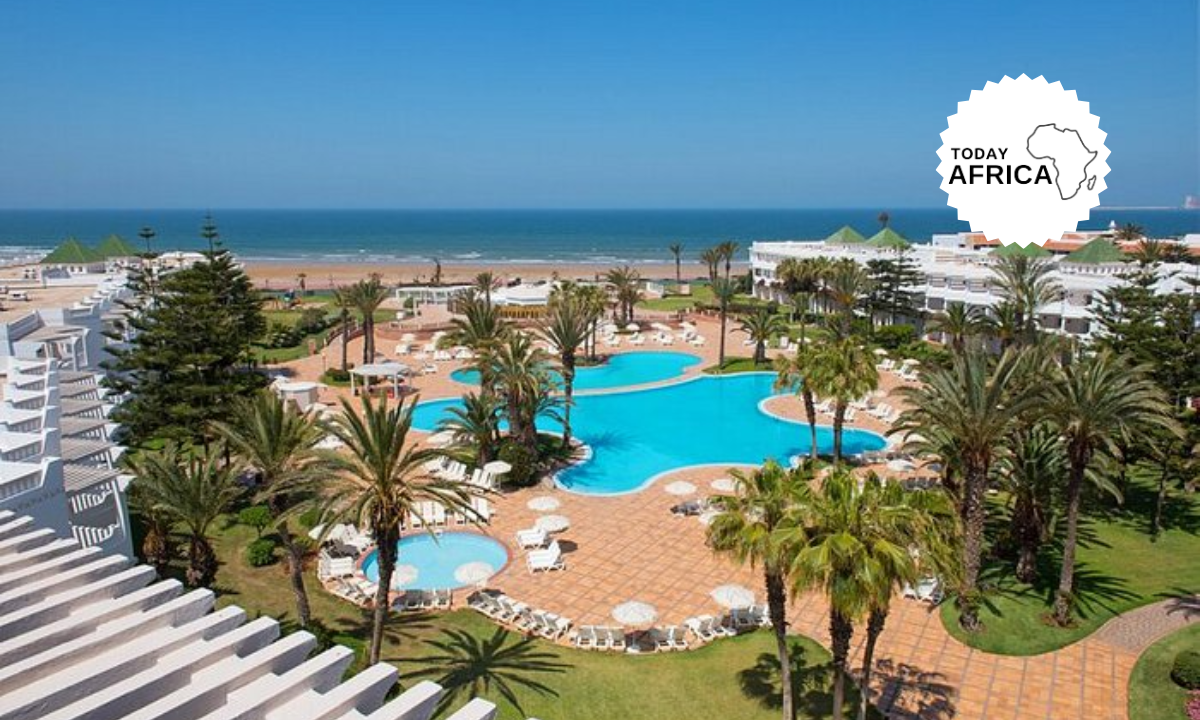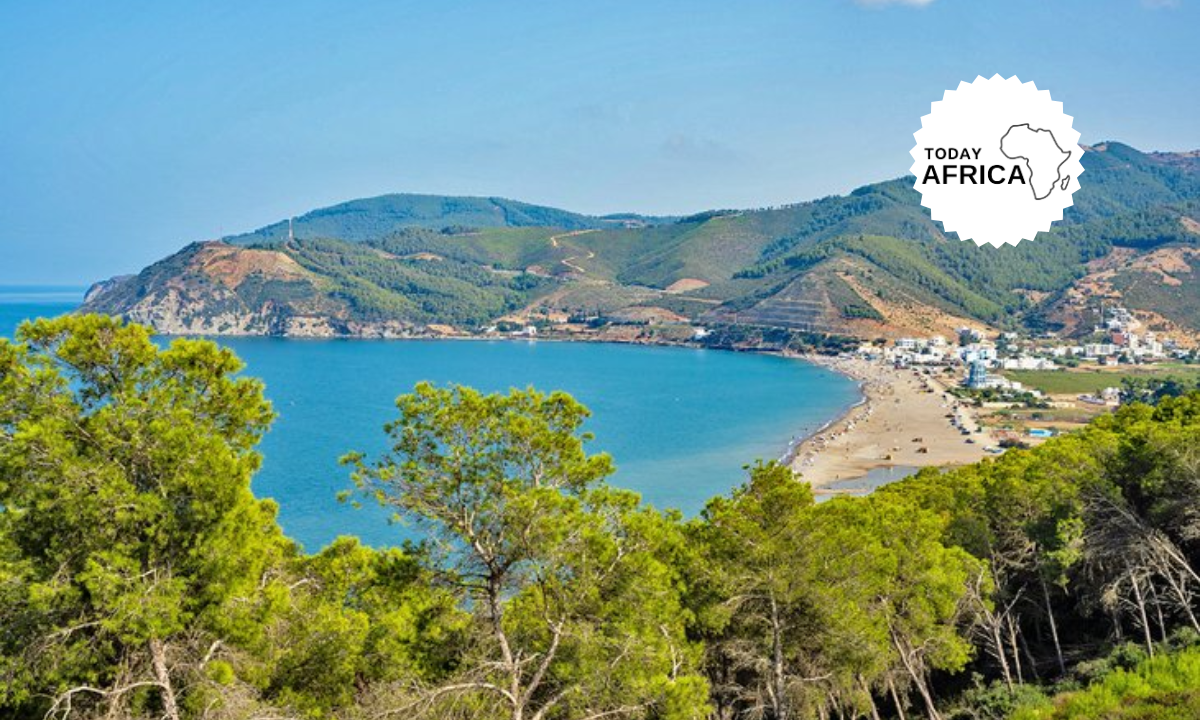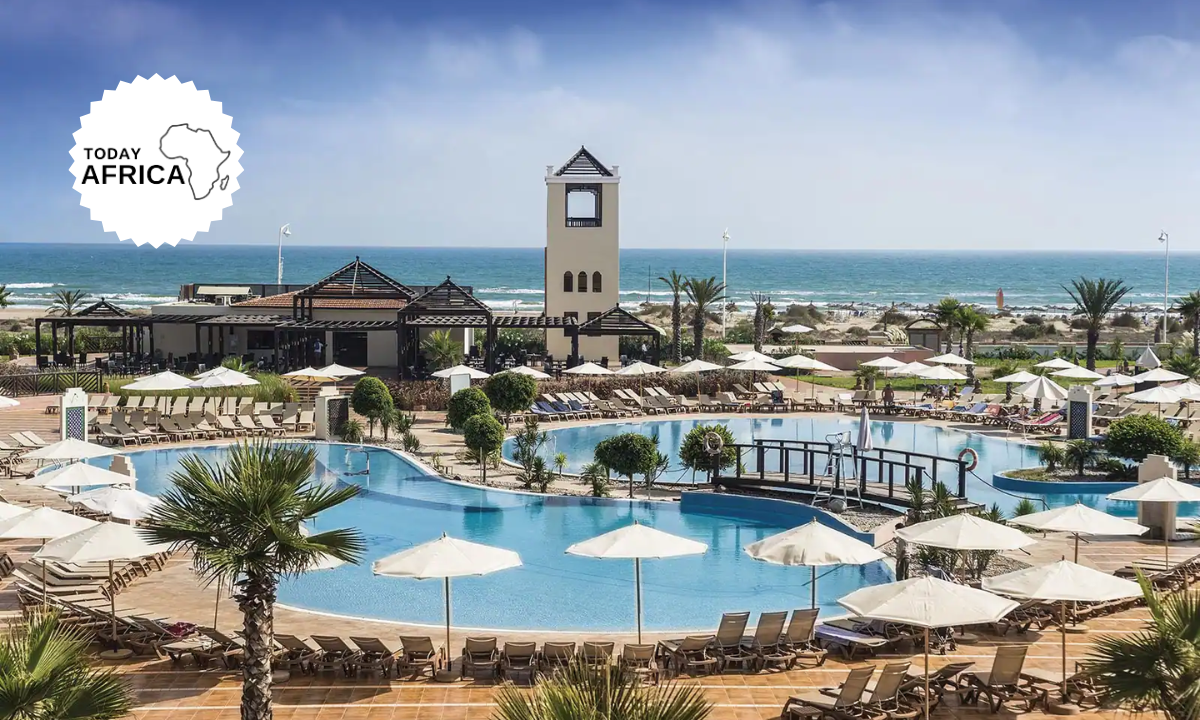Chobe National Park Botswana is the third-largest national park in Botswana.
It is named after the Chobe River, which flows along the park’s northern boundary and forms the border between the country of Botswana and Namibia’s Caprivi Strip.
The river is the region’s heartbeat, providing a year-round source of water for the multitude of animals and birds that call the park home.
Its fertile floodplains combine with grasslands, mopane woodland, and thick scrub to create a patchwork of habitats that provide shelter for one of the greatest concentrations of game in Africa.
The land was inhabited by San bushmen, nomadic hunter-gatherers whose rock paintings can still be seen in various locations throughout the park.
Chobe Game Reserve was established to protect local wildlife and promote tourism in 1960, and seven years later, the area was declared Botswana’s first national park.
Today, the park can be divided into several distinct sections, including the most-visited northern region, where big game hang out. Click here for the best safari lodges around Chobe National Park Botswana and their prices.
Some Facts About Chobe National Park Botswana
Covering almost 11,000 km² (6,836 m²), Chobe was the country’s first national park and boasts the biggest concentration of wildlife in Africa.
An oasis in a dry, at times desolate region, Chobe National Park’s Chobe River offers an irreplaceable lifeline to the reserve’s wildlife.
The largest concentration of elephant in Africa occupies this park and, in the mid- to late-afternoon, herd after herd comes down to the Chobe banks, some small in number and others counting in the hundreds.
Each takes its turn to drink the precious water, swim in the cool river or just jostle for position. Inland from the river is a semi-arid habitat, while around the oasis vegetation is abundant.
Herds of sable antelope, mostly seen in the dry regions, can be spotted coming down to drink, only to disappear back into the drier areas.
Special game sightings include the indigenous and endangered puku antelope that can only be seen along the Chobe River banks and in pockets in the Linyanti swamps, along with roan antelope, giraffe, kudu, bushbuck, waterbuck, zebra, wildebeest, warthog, lion, leopard and the occasional African wild dog.
Large herds of buffalo are found along the Chobe riverfront and grazing on the islands, crossing from one to the other or back to the mainland.
Why You Would Love Chobe National Park Botswana
A desert oasis
From dry, desert plains to rich, unique wetlands, Chobe National Park is a haven for wildlife in any season, world-renowned for its large concentration of elephant and buffalo, which congregate along the Chobe River.
Iconic sightings
The puku is an indigenous and endangered antelope that can only be seen along the Chobe River banks and in pockets in the Linyanti swamps. Roan antelope are also seen, along with giraffe, kudu, lion, leopard and the occasional African wild dog.
Incredible birding
An African fish eagle is perched on what seems like every tree while wire tailed swallows hunt and swoop above the river waters, darters dry themselves on dead logs at the water’s edge, and endangered African skimmers skim the waterline.
Adventures for all
Chobe National Park offers explorers a plethora of adventures; from land and water safri game drives and private river cruises to excellent catch-and-release fishing experiences and exceptional photographic opportunities.
Things To Do in Chobe National Park Botswana
Game-viewing is the number one activity for visitors to Chobe National Park, and there are many different ways to go about it.
Many people opt for a conventional jeep safari tour organized through a lodge or tour operator. Many lodges offer walking safaris and river cruises, as well.
The former affords the opportunity to experience the land up close and personal, while the latter lets you observe the wildlife that congregates at the water’s edge to drink.
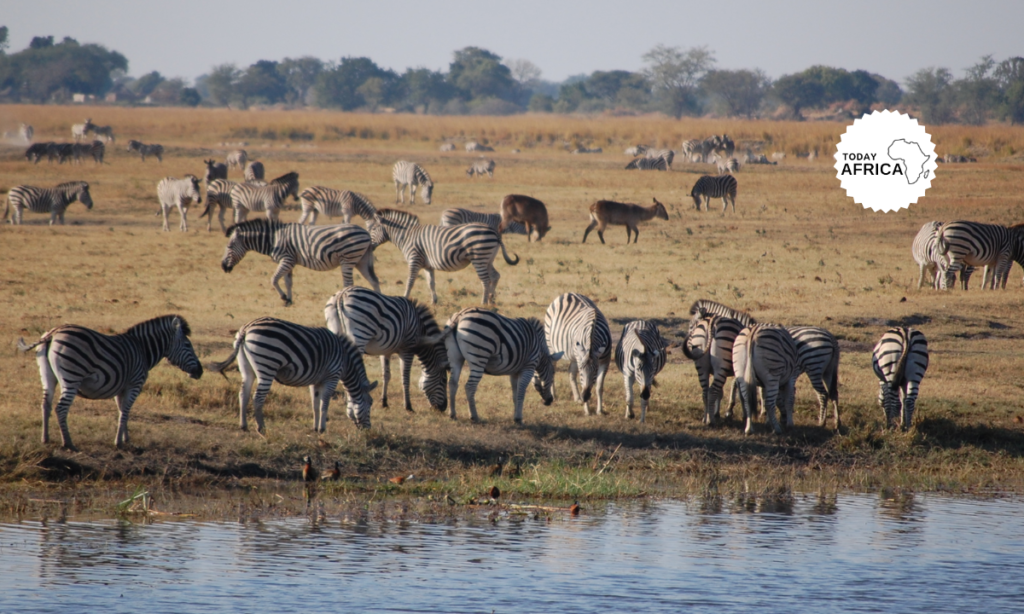
Self-drive safaris are another possibility and a great option for those on a budget or anyone that relishes the freedom of deciding their own itinerary.
Chobe has three excellent public campsites, making it possible to spend longer periods exploring the park without having to stay in one of the more upmarket lodges.
However, you can also escape in style by booking a shared or private houseboat, from which you can view the animals at the water’s edge during sunset and stargaze at night from the houseboat’s upper deck.
Birdwatching is also a favorite activity of park visitors, as this park boasts over 450 species. And, catch and release fly or spinner rod fishing can be booked through a private charter. Anglers typically cast for bream, tilapia, catfish, and the elusive tiger fish.
Wildlife viewing
Booking a game safari helps you benefit from insider information on the best places to see specific animals. And, who knows?
You may be lucky enough to see the “Big Five” safari animals during your excursion—although the rhino is increasingly difficult to spot. The most rewarding game drives are conducted by knowledgeable guides and take place either in the early morning or in the late afternoon.
Night drives are also available to book, as this is the only way to see Chobe’s fascinating nocturnal wildlife, like aardvarks, porcupines, and bushpigs.
Chobe National Park Botswana is known for its huge elephant herds, many of which number hundreds of individual animals. In total, there are around 120,000 elephants living within the park’s boundaries.
Read Also: Top 10 Botswana National Parks to Visit This Year
Herds of buffalo are nearly as big, and the park is famous for its healthy population of lions.
The Chobe River constitutes the ideal habitat for water-dependent animals, including hippos, Nile crocodiles, waterbuck, and the near-threatened red lechwe antelope. Other Chobe dwellers include puku antelope, leopard, cheetah, and the endangered African wild dog.
Birdwatching
Chobe National Park is a hotspot for birders, as it has the highest density of raptor species in Southern Africa, including the bateleur eagle and the vulnerable lappet-faced vulture.
The near-threatened African skimmer is a top spot along the river, while the banks of the Chobe are studded with burrows made by the magnificent Southern Carmine Bee-Eater.
Other notable species include the kori bustard (Africa’s largest flying bird), the Pel’s fishing owl, and the pallid harrier, a near-threatened Palearctic migrant.
Where to Camp
Chobe National Park offers three public campgrounds that are very popular and book up fast. The park recommends making reservations well ahead of time in order to secure your site. You can also book a camping safari with a tour operator who sets up remote camps in the bush.
- Ihaha campground: This campground is located on the riverfront and contains 10 sites, a solar-powered washing station with flush toilets and hot water, and daily trash collection. This campground overlooks a hippo pool during the dry season when the river’s water level below it recedes.
- Savuti campground: This un-fenced campground is for the adventurous, as wildlife can meander through camp at any time, and a four-wheel-drive vehicle is needed to access it. The campground contains 14 sites, running water, and a washing station with flush toilets and showers. If you stay at this campground, you must be meticulously clean, and tidy up and lock down all food, day and night.
- Linyanti campground: Linyanti Campground contains five sites that overlook the Linyanti Marsh. This campground also has a washing station with flush toilets and cold showers and is pretty remote, as it’s located only 39 kilometers from the outlying Savuti.
- Private tented camps: Private camps offer a step up from roughing it, with mobile tent suites, complete with ensuite bathrooms, flush toilets, steaming hot buckets, and solar-powered lamps. Outfits also provide traditional African meals served under a dining tent with an adjacent bar. All accommodations, complete with amenities, are included when you book a safari trip through a private tour guide.
Where to Stay Nearby
For your stay at Chobe National Park, choose from a five-star luxury lodge located right inside the park to more affordable options in the nearby town of Kasane. You can also book a houseboat right on the Chobe River and never have to leave your accommodations to catch a glimpse of the abundant wildlife.
- Chobe game lodge: The Chobe Game Lodge is the only permanent accommodation located within the park itself. It’s a five-star eco-lodge situated on the banks of the Chobe River and offers 44 guest rooms. Each one boasts air-conditioning, an ensuite bathroom, and a private terrace with views of the river. Four decadent suites add to the experience with their own infinity plunge pools.
- Pangolin Chobe hotel: This hotel is situated on the top of a hill in the nearby town of Kasane, overlooking the mighty Chobe River. The modern rooms and hallways are decorated with professional photographs of the park shot by local photographers. Accommodations include airport transfer, park fees, and brunch, high tea, and dinner served with selected wines and local beer. Rooms come complete with air conditioning and modern bathrooms, and an on-site plunge pool is available for a refreshing dip.
- Chobe houseboats: For a truly unique safari experience, consider staying aboard one of the houseboats that float directly on the Chobe River. Choose from a floating hotel with 14 suites, a sun deck, and a hot tub, a houseboat that sleeps 10, or a more private affair on a boat with only two or three suites. All boat options give you ringside seats to the wildlife action along the riverbank and come complete with all meals, complimentary drinks and spirits, and airport transfers. Some stays offer catch and release tiger fishing and land tours.
How to Get tp Chobe National Park Botswana
The easiest way to get to Chobe National Park is to book a domestic flight to Kasane Airport (BBK), located just outside of the northern entrance to the park.
Other nearby airports include Victoria Falls Airport (VFA) in Zimbabwe, and Harry Mwanga Nkumbula International Airport (LVI) in Livingstone, Zambia. From all three airports, you can drive to the park yourself, or arrange a transfer with your chosen lodge or safari operator.
Accessibility
Chobe Game Lodge, located inside the park, offers four wheelchair-accessible rooms, complete with spacious bathrooms and showers. The surrounding boardwalk and deck have accessible ramps, and the dining locations are also ADA-compliant.
Additionally, the lodge will help you book a safari through a local company that puts together a full itinerary, catering to travelers with disabilities.
Tips for Your Visit
The dry season (May to October) is the best time to visit Chobe National Park. The days are sunny, warm, and dry, the roads are easily navigable, mosquitoes are at a minimum, and wildlife viewing is at its best.
The benefits to traveling in the hot, humid, wet season include spectacular birding, fewer tourists, and cheaper accommodation rates.
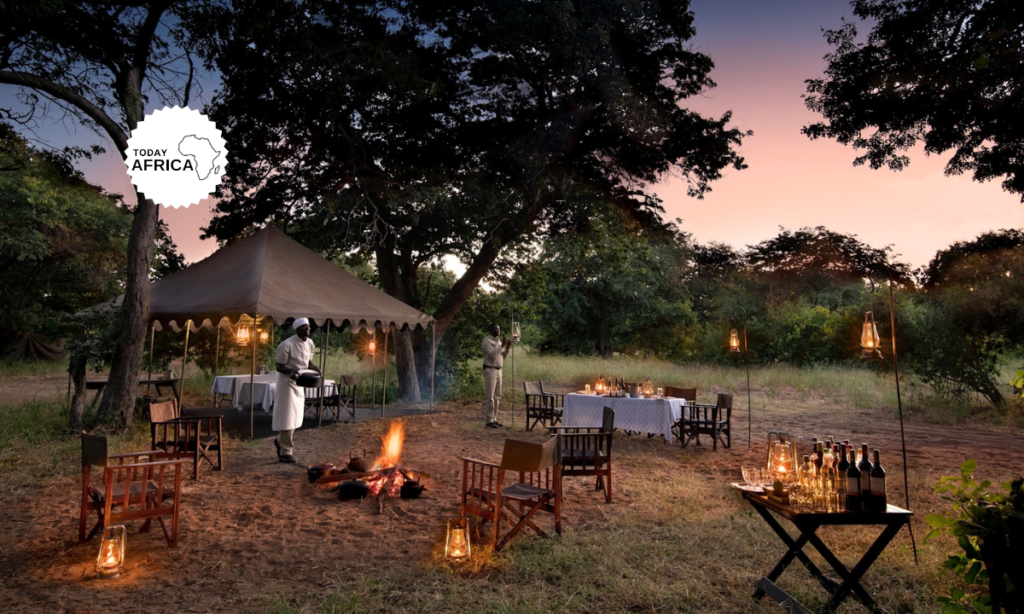
Park gates are open from 6 a.m. to 6:30 p.m., April through September, and 5:30 a.m. to 7 p.m., October through March. English is the primary spoken language in Botswana and all guides and staff will be well-versed in the language.
To avoid the risk of malaria, travel during the dry season, wear long sleeves and pants at dawn and in the evening, and carry mosquito repellent. Campers are also advised to keep their tent’s mosquito net closed at all times.
The driver’s seat of vehicles in Botswana is located on the right side of the car and you drive on the left-hand side of the road. Driving at night in Botswana is not recommended.
Best Time to Visit Chobe National Park Botswana
For elephant lovers and safari fanatics, the great elephant concentrations on the Chobe River occur during the winter months of May through to September / October.
However for serious birding enthusiasts the Chobe area is spectacular in the wet summer months when the migrant birds are in full colour, and antelope start dropping their young.
Proclaimed a wildlife reserve in 1968, and covering 11,700km2, Chobe National Park is situated in the far north-east of Botswana, bordered to the north by the Chobe River.
Chobe is game-viewing country, particularly in winter (March – July).
November – December sees the migration of herbivores between the Chobe River and Savuti Marsh (and back between February and April). Game-viewing and bird-watching cruises on the Chobe River.
The Chobe’s perennial waters rise in the northern Angolan highlands. Chobe has four physically and vegetationally distinctive areas; the barely discernible dry Savuti Channel, Linyati, Serondella and Nogatsaa.
Each area known for concentrations of specific game. Savuti famous for lion and hyaena, Linyati for hippo and crocodile, and Nogatsaa and Serondella for elephant. Savuti’s carnivores follow large herds of zebra, wildebeest, buffalo and impala that move through the area.
Many types of animals seen including the fairly rare puku and Chobe bushbuck. 460 bird species, including raptors, vultures and inland waterbirds.
Visas
Before visiting Chobe National Park, please check whether you need a visa to enter Botswana. Free visas on arrival for a period of 30 days (that can be extended twice, up to a period of 90 days) are available to EU, US and Commonwealth citizens as well as South Africans and SADC (South African Development Community) passport holders.
You can find a full list of countries that do not require a visa to visit Botswana here as well as further information about the visa application process for those requiring a visa.
Make sure that you have at least six months validity left on your passport and some spare pages if you plan on travelling to neighbouring countries.
Safari packing list
When you book your trip, your accommodation or tour operator will usually tell you what you need to bring with you, but here’s a basic list of what you need to pack for a safari experience:
- Camera and spare memory cards and a fully charged spare battery. (A camera with a decent zoom is recommended.
- Binoculars if you have them.
- Closed-in comfortable walking shoes or running shoes.
- Light coloured, loose-fitting clothing that dries quickly. Long trousers and long-sleeved tops offer good protection from both mosquitoes and the sun.
- Suncream, sunglasses and a hat.
- Insect repellent.
- Warm sweater, jacket, scarf and possibly a woolly hat if you really feel the cold. Temperatures plummet during the evening and in the early morning and you will feel the chill out on the morning game drive if you don’t have enough layers.
- A headlamp or torch if you are camping overnight.
- Essential toiletries and sanitary products if you are staying overnight.
- First aid kit and any medication you need to take with you.
- Your excitement, because this is going to be fabulous!
Try to pack light as there is limited space in the safari jeeps for luggage. The animals don’t care what you look like so it doesn’t really matter if you wear the same clothing for a couple of days. Unless they smell of course.
References:

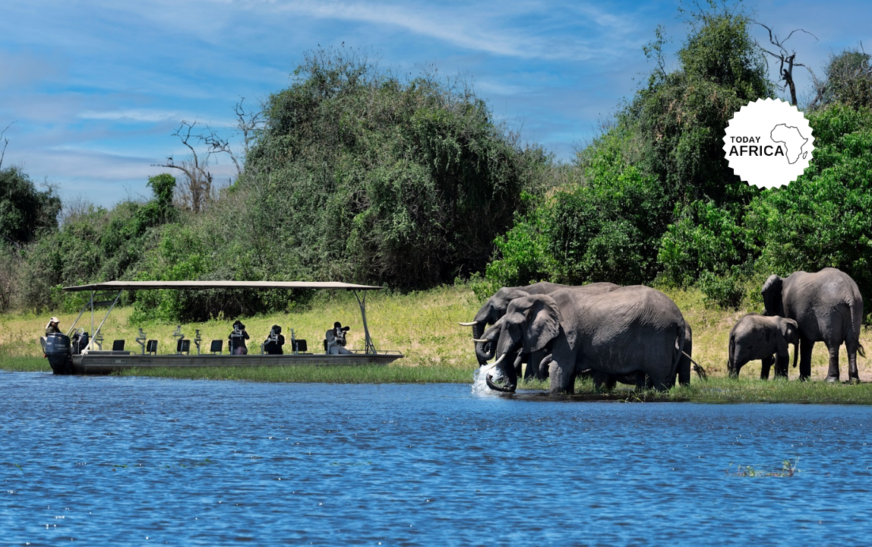




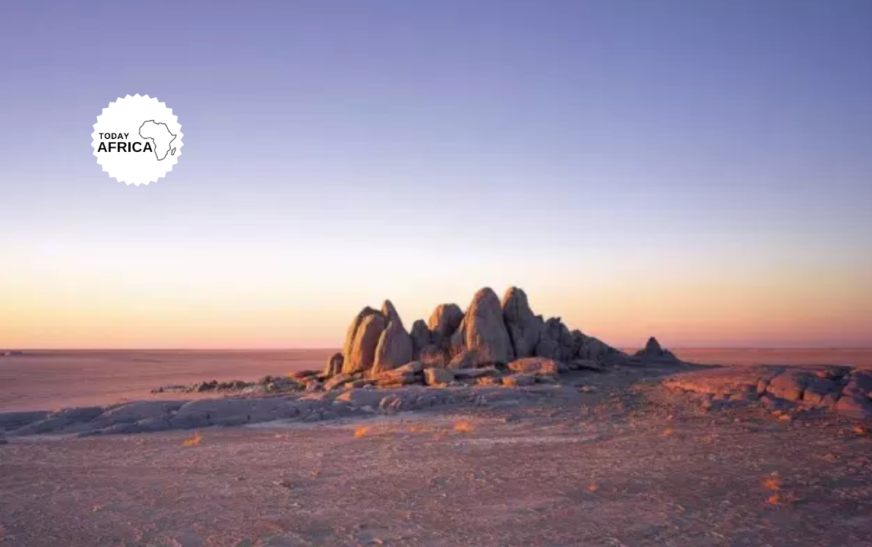
![15 Best Beaches in Morocco to See This Year [& Essential Packing List]](https://todayafrica.co/wp-content/uploads/2023/12/Blue-Simple-Dad-Appreciation-Facebook-Post-1200-×-720-px-6-9.png)
